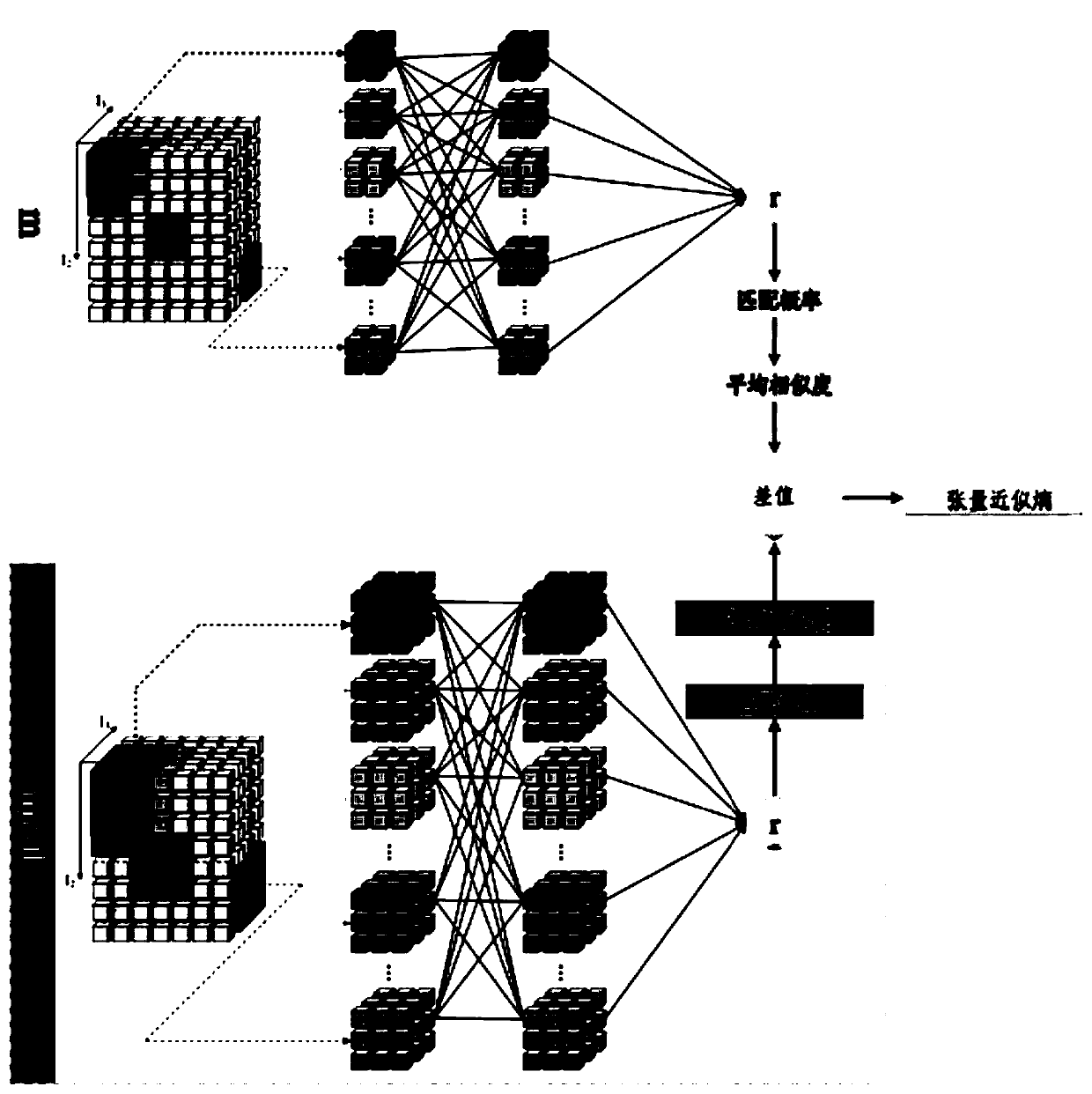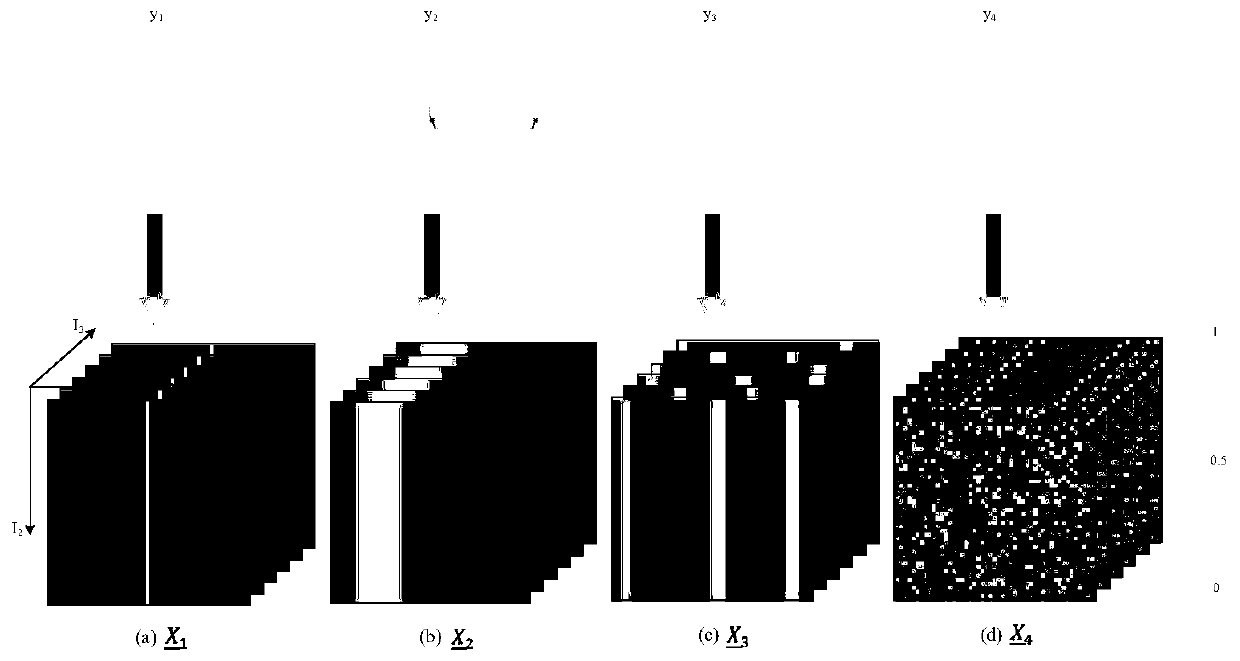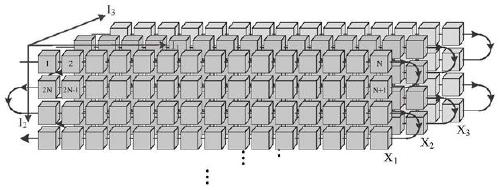Sleep physiological signal feature extraction method and system based on tensor complexity
A physiological signal and feature extraction technology, applied in diagnostic recording/measurement, medical science, diagnosis, etc., can solve problems such as errors, few sleep staging methods, and entropy methods that do not reflect the complexity of tensor data, and achieve accurate sleep staging Effect
- Summary
- Abstract
- Description
- Claims
- Application Information
AI Technical Summary
Problems solved by technology
Method used
Image
Examples
Embodiment 1
[0051] This embodiment discloses a sleep physiological signal feature extraction method based on tensor complexity, and provides a new feature extraction method for tensor-based data representation by exploring the spatial data complexity or predictability of tensor, specifically including : Collect sleep physiological signals and convert the polyconductive time series of sleep physiological signals into tensor representation;
[0052] Sleep physiological signals are expressed as N-order tensors, and N-order tensors are composed of N-order sub-tensors;
[0053] Determine the size of the difference between the elements in each sub-tensor and each element in the global sub-tensor to determine the size of the N-order tensor approximate entropy, and use the tensor approximate entropy as the feature extracted from the sleep physiological signal.
[0054] In a specific embodiment, in order to evaluate the performance of tensor approximate entropy in distinguishing different sleep st...
PUM
 Login to View More
Login to View More Abstract
Description
Claims
Application Information
 Login to View More
Login to View More - R&D
- Intellectual Property
- Life Sciences
- Materials
- Tech Scout
- Unparalleled Data Quality
- Higher Quality Content
- 60% Fewer Hallucinations
Browse by: Latest US Patents, China's latest patents, Technical Efficacy Thesaurus, Application Domain, Technology Topic, Popular Technical Reports.
© 2025 PatSnap. All rights reserved.Legal|Privacy policy|Modern Slavery Act Transparency Statement|Sitemap|About US| Contact US: help@patsnap.com



